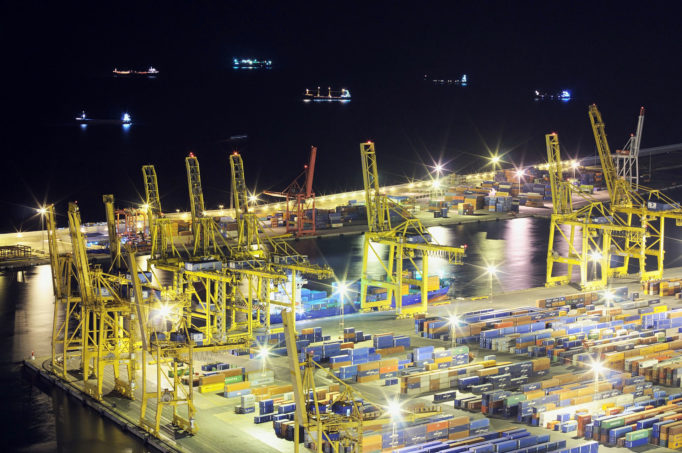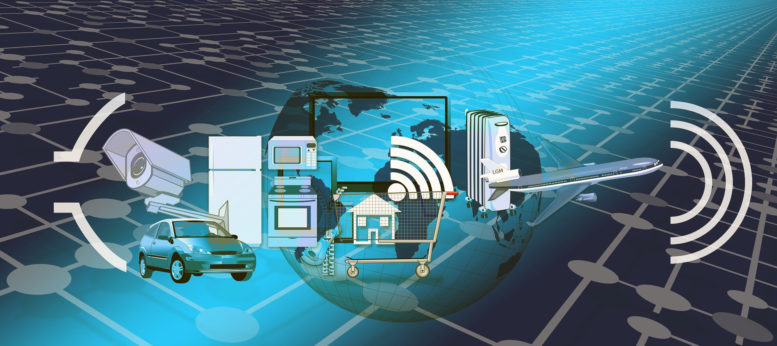In previous articles, we have discussed general applications of information technology in the maritime industry. We had an overview of technologies that are being used in modern ships. In this article, we will explore a new and evolving technological trend that is making an impact not just in the home and the workplace, but also in the logistics and shipping industries.
The Internet of Things (IoT) is an interconnection of everyday physical objects such as appliances, “smart devices” (e.g. TVs, refrigerators, phones), vehicles, and other items that are embedded with electronics, sensors, software and network connectivity to store and exchange information.
It is also important to know how to make sense of the stored and transmitted information, and to put that information to good use. On a small to medium scale, a ship captain may be notified when his coffee is ready, when his ship is in need of resupply, or when parts are in need of replacement. On a much larger scale, considering that over 90 percent of world trade is carried by sea (according to the International Maritime Organization), this technological trend would help facilitate transfer of goods.

Monitoring of Shipments
Shipping and logistics companies would benefit a great deal in IoT. Shipping containers equipped with sensors, single-board computers and communications modules would help determine whether a certain container is empty or full, whether or not a container has been opened by unauthorized persons, or when a container has been loaded onto a ship and at what part of the ship it has been loaded. Refrigerated containers equipped with temperature sensors help ensure that perishable goods remain fresh. With help from satellite navigation systems, shippers can locate the goods at every leg of the journey.
Route Optimization
On land, trucks equipped with IoT devices and GPS tracking can get to their destinations with an optimized route, thus reducing idle time on the road and at the port. At sea, shipping routes can also be optimized. Using multiple streams of data from weather forecasting services, GPS, and other ships within a large area of the sea, shorter routes can be plotted and changed accordingly. This helps to reduce fuel consumption, minimize delays, and to avoid collisions; which then translates to more cost savings and safer transfers.
Opportunities for Growth
Given that the Philippines is among the top producers of seafarers, and Filipinos are quick to adopt the latest technologies, this trend presents opportunities for maritime students and seasoned mariners to learn and further enhance their skill sets. Local information technology firms can design hardware and develop software, specifically embedded systems, for use in logistics and shipping operations. Maritime students and seafarers would greatly benefit from familiarization with the technology, as more shipping companies in developed nations adopt it for their use. With this emerging technology and Filipino ingenuity, the Philippine maritime industry will greatly advance, keeping pace with the rest of the world.
